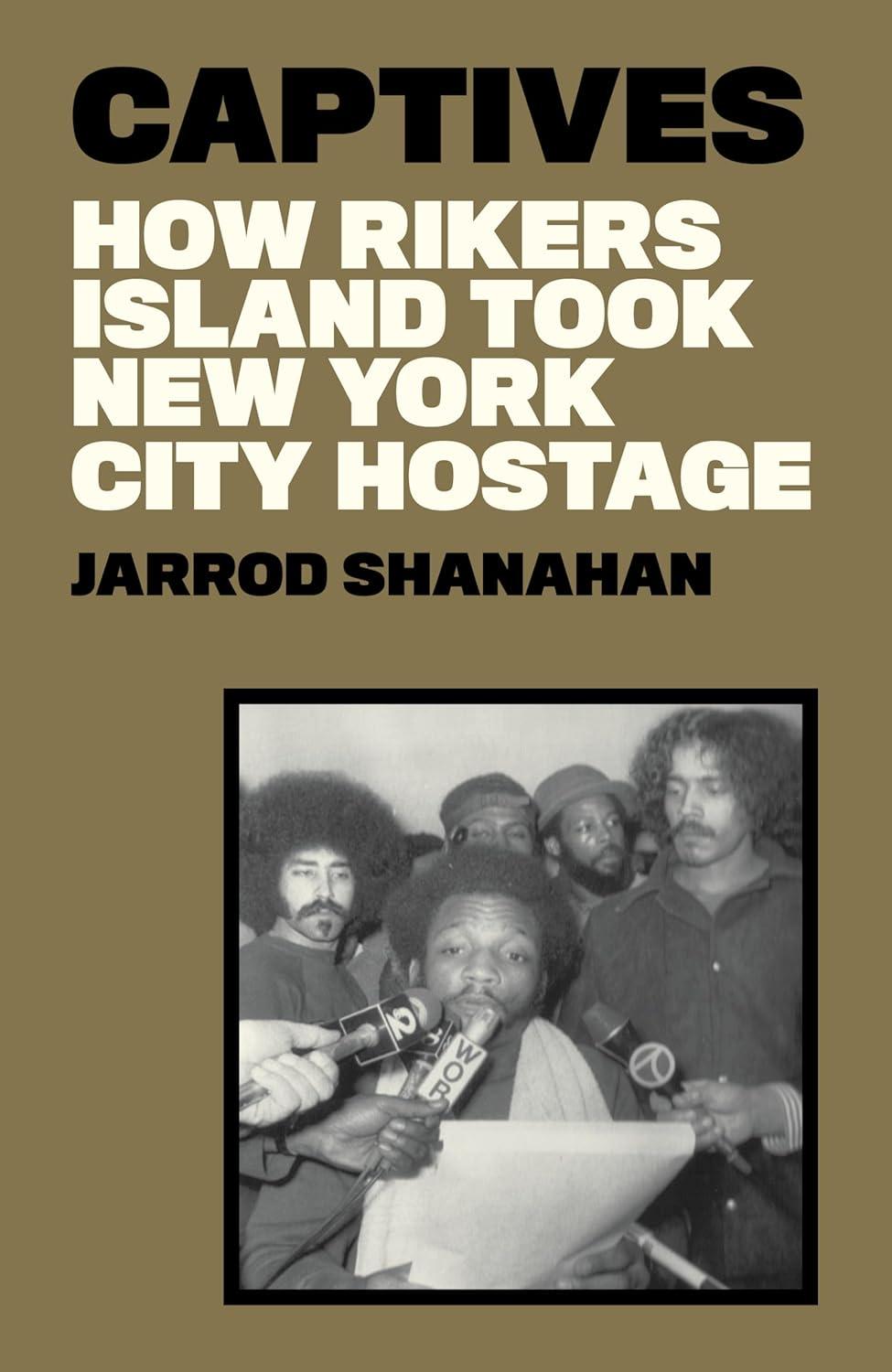An opposing force that emerges is this focus on law-and-order policing in the '60s and '70s. Who or what was galvanizing this movement?
There was a general sense of open class war, in which the American ruling class was growing restless with the social spending to mitigate economic and racial inequality that had characterized state policy since the New Deal.
Most people in America were experiencing, in their day-to-day lives, a kind of turbulence that was a part of global capitalism in crisis. And this manifested itself in a rise of antisocial behavior, the collapse of public services, the growth of structural unemployment in the manufacturing sector, and a whole host of other changes that made people profoundly uneasy about the world and their place in it. The so-called law and order movement, much like conservatives today, appealed to this unease within working-class and middle-class white voters, saying, "We know that the world is changing in a way you don't like. What we need to do is: We need to crack down, we need to reel in social spending, we need to abandon these efforts to mitigate structural racism, we need to be harsher on law breakers, and we generally need to be more austere as a society."
And this is, of course, the ideological expression of the social transformation that the ruling class was pushing, in which they wanted to pay fewer taxes, follow fewer laws, and be more free in how they dominated the American working class. And so, this is all to say that the best laid plans of New York City jail reformers ran up against a tidal wave of world historical changes that largely came from outside the jails. To me, this demonstrates that you cannot fix the problems one finds in a jail by looking at the jail itself. You have to look at the broader social context in which the jail is built.
Outside the jails, the twin figures of law-and-order politics and austerity policies wreaked havoc throughout working-class New York, but in particular, in working-class Black and brown communities. You can see how this constituted a kind of feedback loop, as the City's response to the rise of crime—attendant to segregation, unemployment, lack of affordable housing, and so forth—was punitive. More police, stricter laws, more jails. Yet the presence of highly punitive policies in working-class communities only makes them worse. If this wasn’t true, then places like Chicago's South Side would be among the safest and most prosperous places in the country. If intensive policing and incarceration make communities better, we would see evidence of that after 50 years of punitive policy, but the opposite is true.
This transition really set the table for the balance of power that we still are stuck with in the present today. Our social problems are dealt with largely by police and prisons, and some of society's most powerless people are blamed for its problems.
